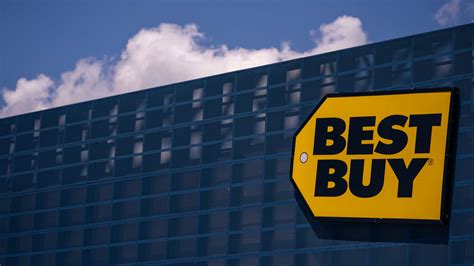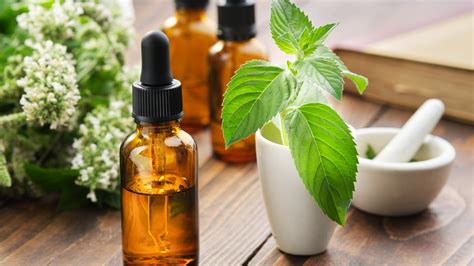The Silent Scourge of Workouts: Chafing and the Quest for Durable Gear
Chafing is more than just an annoyance; it’s a performance inhibitor and a common cause of discomfort for athletes and fitness enthusiasts alike. From marathon runners to gym-goers, the burning sensation and irritated skin can derail even the most determined workout. While temporary solutions exist, the savvy athlete understands that investing in high-quality, long-lasting gear is the true path to preventing chafing, enhancing performance, and ultimately saving money in the long run. But with countless options on the market, how do you discern what truly delivers?
Understanding Chafing: The Enemy Within (Your Clothes)
Chafing occurs when skin repeatedly rubs against skin or against fabric, especially in areas prone to moisture and friction like the inner thighs, underarms, nipples, and groin. Moisture (sweat) exacerbates the problem by softening the skin and increasing friction. Poorly fitting or abrasive fabrics are often the primary culprits. The key to prevention lies in reducing friction and managing moisture effectively.
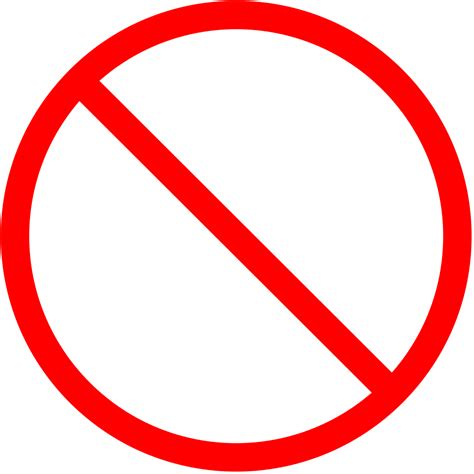
The Essential Anti-Chafing Arsenal: Key Gear Categories
Targeting chafing means looking at the garments closest to your skin where friction is most likely to occur. Here’s a breakdown of the crucial pieces:
1. Bottoms: Leggings, Shorts, and Compression Wear
- Fabric Choice: Opt for synthetic blends like polyester, nylon, and spandex. These materials are excellent at wicking moisture away from the skin, keeping you dry. Avoid cotton, which absorbs sweat and stays wet, becoming heavy and abrasive.
- Seam Construction: Flatlock seams are your best friend. Unlike traditional raised seams, flatlock seams lie flat against the skin, drastically reducing irritation.
- Fit: Compression leggings or shorts offer a snug, second-skin fit that minimizes fabric movement and skin-on-skin rubbing. For runners, longer inseams on shorts can prevent inner thigh chafing.
2. Tops: Shirts and Sports Bras
- Moisture-Wicking Tops: Similar to bottoms, synthetic fabrics that pull sweat away from the body are crucial. Look for terms like “Dri-FIT,” “Coolmax,” or similar proprietary technologies.
- Seamless Construction: Many high-performance tops and sports bras are designed with minimal or seamless construction in critical areas to prevent irritation, especially around the rib cage, shoulders, and underarms.
- Sports Bras: A well-fitting, supportive sports bra made from moisture-wicking material is non-negotiable. Look for designs with soft, wide straps and band, and flat seams.

3. Socks and Underwear
- Socks: Blister-resistant socks made from synthetic blends (e.g., merino wool, polyester, nylon) are essential. They wick moisture and provide cushioning. Avoid cotton socks at all costs for workouts.
- Underwear: Seamless, moisture-wicking underwear made from synthetic materials or bamboo can make a huge difference, especially for inner thigh and groin chafing.
Material and Construction: The Pillars of Durability and Comfort
The longevity of your gear is directly tied to the quality of its materials and construction. Investing in premium fabrics and manufacturing techniques pays off.
- Advanced Synthetic Blends: High-denier polyester and nylon blends with a good percentage of spandex offer excellent stretch, recovery, and abrasion resistance. These fabrics maintain their shape and integrity through countless washes and intense workouts.
- Reinforced Stitching: Beyond flatlock seams, look for overall robust stitching at stress points. Double-stitching or bar-tacked seams indicate a garment built to last.
- Colorfastness: Quality dyes prevent fading, keeping your gear looking new longer.
- Odor Resistance: Some technical fabrics incorporate anti-microbial treatments, which not only reduce odor but can also extend the garment’s lifespan by reducing the need for harsh washing.
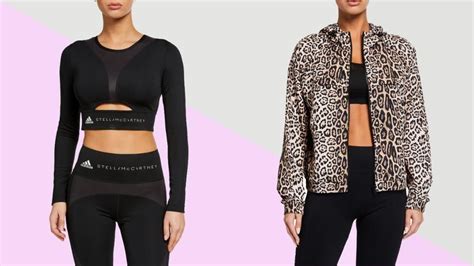
Beyond the Garment: Maximizing Longevity and Protection
Even the best gear needs proper care and sometimes a little extra help.
- Proper Washing: Always follow care instructions. Washing in cold water, air-drying, and avoiding fabric softeners can significantly extend the life of technical fabrics and preserve their wicking properties.
- Anti-Chafing Balms and Creams: For extreme conditions or specific problem areas, topical anti-chafing products (like BodyGlide or petroleum jelly) can provide an additional layer of protection, working in conjunction with your gear.
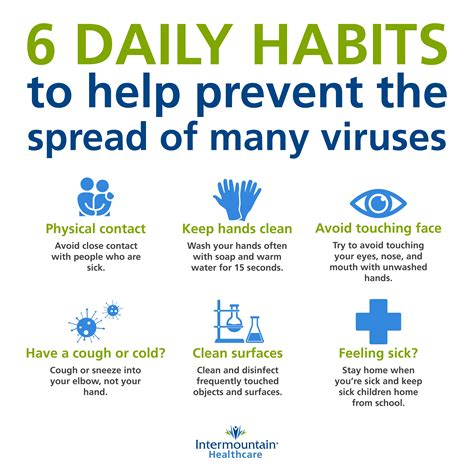
The Long-Term Savings: Investing in Quality
While premium anti-chafing, durable workout gear might seem like a higher upfront cost, consider the long-term benefits:
- Fewer Replacements: Durable gear withstands more wear and tear, meaning you buy less frequently.
- Consistent Performance: Gear that maintains its integrity and wicking properties means consistent comfort and performance, avoiding the need to replace items that no longer function effectively.
- Injury Prevention: By preventing chafing and blisters, you avoid downtime and the costs associated with treating skin irritations.
- Enhanced Focus: Without the distraction of discomfort, you can focus entirely on your workout, leading to better results and a more enjoyable fitness journey.
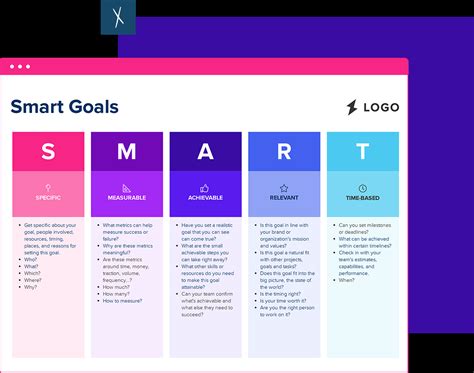
Conclusion: Sweat Smart, Not Sore
Choosing workout gear isn’t just about aesthetics; it’s about functionality, comfort, and longevity. By prioritizing synthetic, moisture-wicking fabrics, flatlock seams, and a proper fit, you can effectively combat chafing. When you combine these anti-chafing features with durable construction, you’re not just buying clothes; you’re making a smart investment in your comfort, performance, and financial well-being over the long haul. So next time you’re gearing up, remember that quality truly pays dividends in every stride, lift, and stretch.

